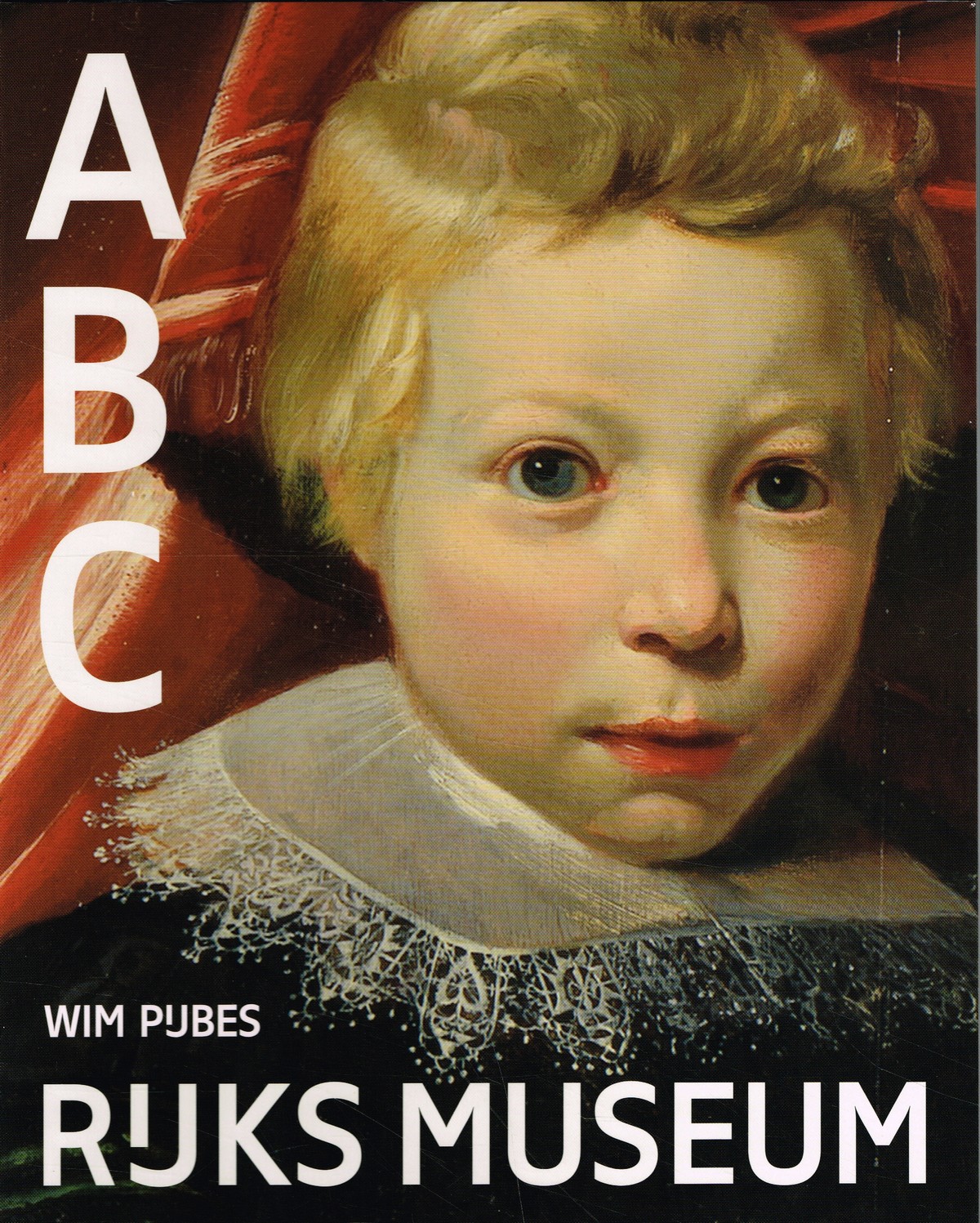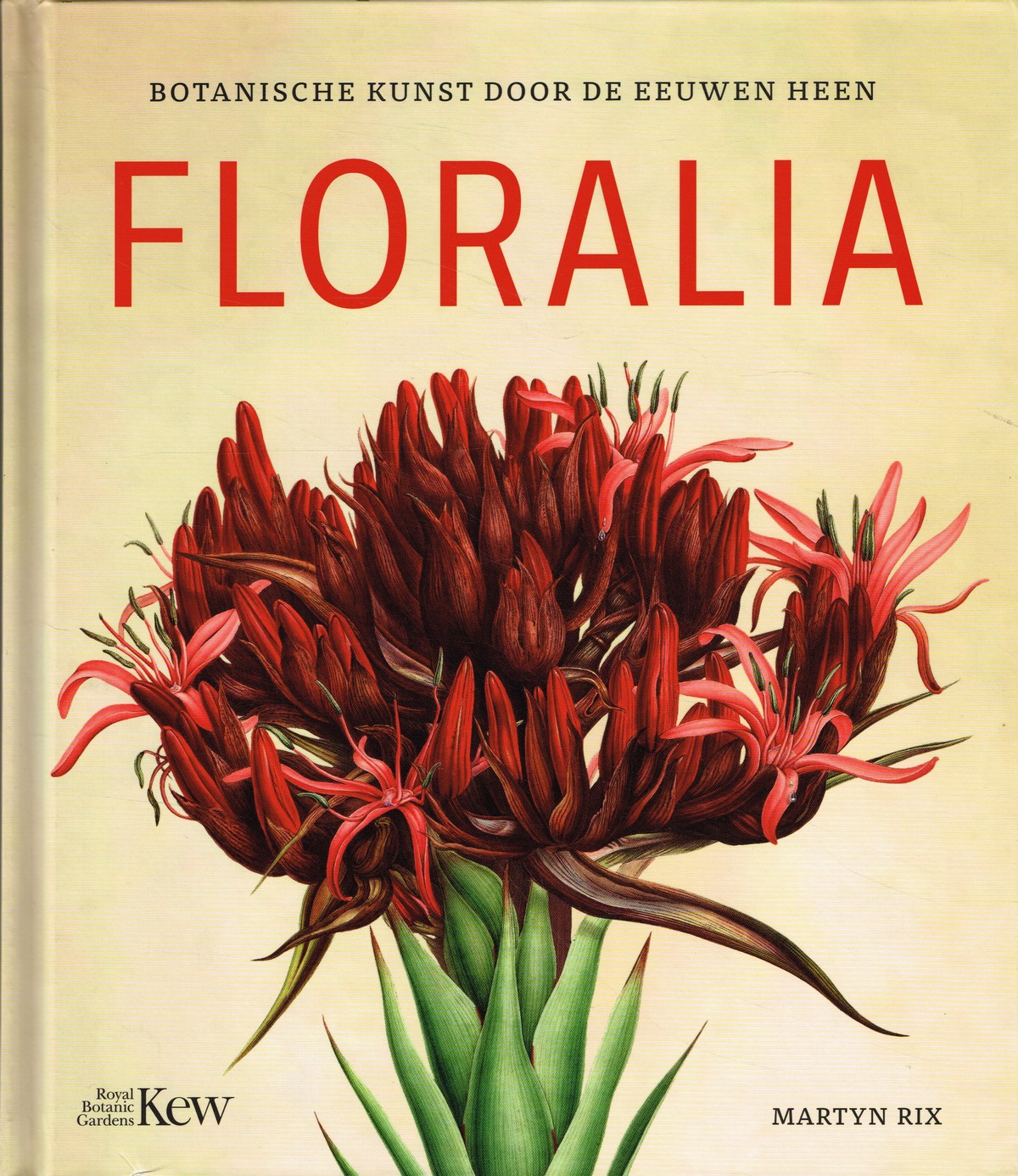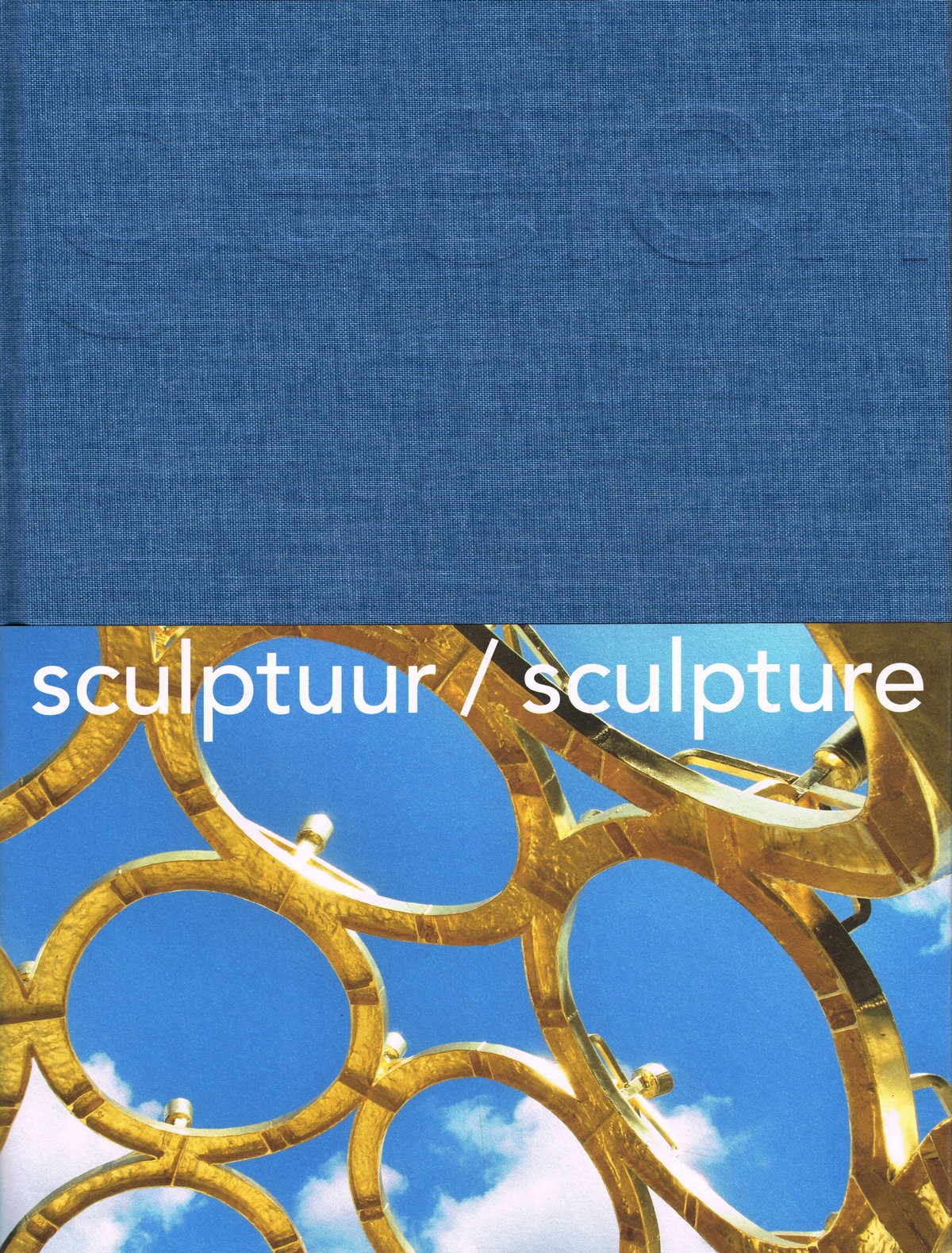Guido Geelen (Thorn, 1961) adopts a unique stance as sculptor. His unorthodox outlook on the use of materials such as clay (ceramics), bronze, iron, aluminium, glass and textiles is linked with an iconography of recognizable contemporary and classical images. In 2000 a book containing a complete view of Guido Geelen’s work, spanning the period 1986 – 2000, was published when he received the Dr. A.H. Heineken Prize for Art. This second survey, spanning the period 2000 – 2022, gives consideration to this autonomous work and his commisioned work, to museum presentations and to his work in the public domain.
Gerelateerde producten
kunst

Guido van der Werve
In Palpable Futility wordt het gehele oeuvre van Guido van der Werve beschreven en afgebeeld en benaderen diverse auteurs het werk vanuit verschillende perspectieven. For English see below. Guido van der Werve heeft een bijzonder oeuvre opgebouwd rond tijdloze en universele thema's als de condition humaine. In het universum van Guido van der Werve zijn romantiek, de natuur en het sublieme nooit ver weg. Hij neemt de schoonheid en tegelijkertijd de nutteloosheid van het menselijk bestaan vaak met droge humor op de hak. In Palpable Futility wordt het gehele oeuvre beschreven en afgebeeld en benaderen diverse auteurs het werk vanuit verschillende perspectieven. Het werk wordt in een internationale kunsthistorische context geplaatst en naast een interview en een literaire bijdrage bevat het boek stukken over schaken en over de rol van muziek. Guido van der Werve is een van de meest vooraanstaande Nederlandse kunstenaars, zijn filmwerken zijn opgenomen in (inter)nationale collecties als Museum of Modern Art, Sammlung Goetz, Stedelijk Museum Amsterdam en Museum Boijmans Van Beuningen. >English< Guido van der Werve built up an extraordinary oeuvre around timeless and universal themes such as the human condition. In Van der Werve's universe, romance, nature and the sublime are never far away; his dry humour often targets the beauty-cum-futility of human existence. Palpable Futility describes and depicts Van der Werve's entire oeuvre. Different authors approach his work from different perspectives and place it in an international art-historical context. The book includes an interview and a literary contribution as well as articles about chess and the role of music. Guido van der Werve is one of the Netherlands' most prominent artists. His film works are included in (inter)national collections such as those of the Museum of Modern Art , Sammlung Goetz, Stedelijk Museum Amsterdam and Museum Boijmans Van Beuningen. Nai010geb - 208 blz
kunst
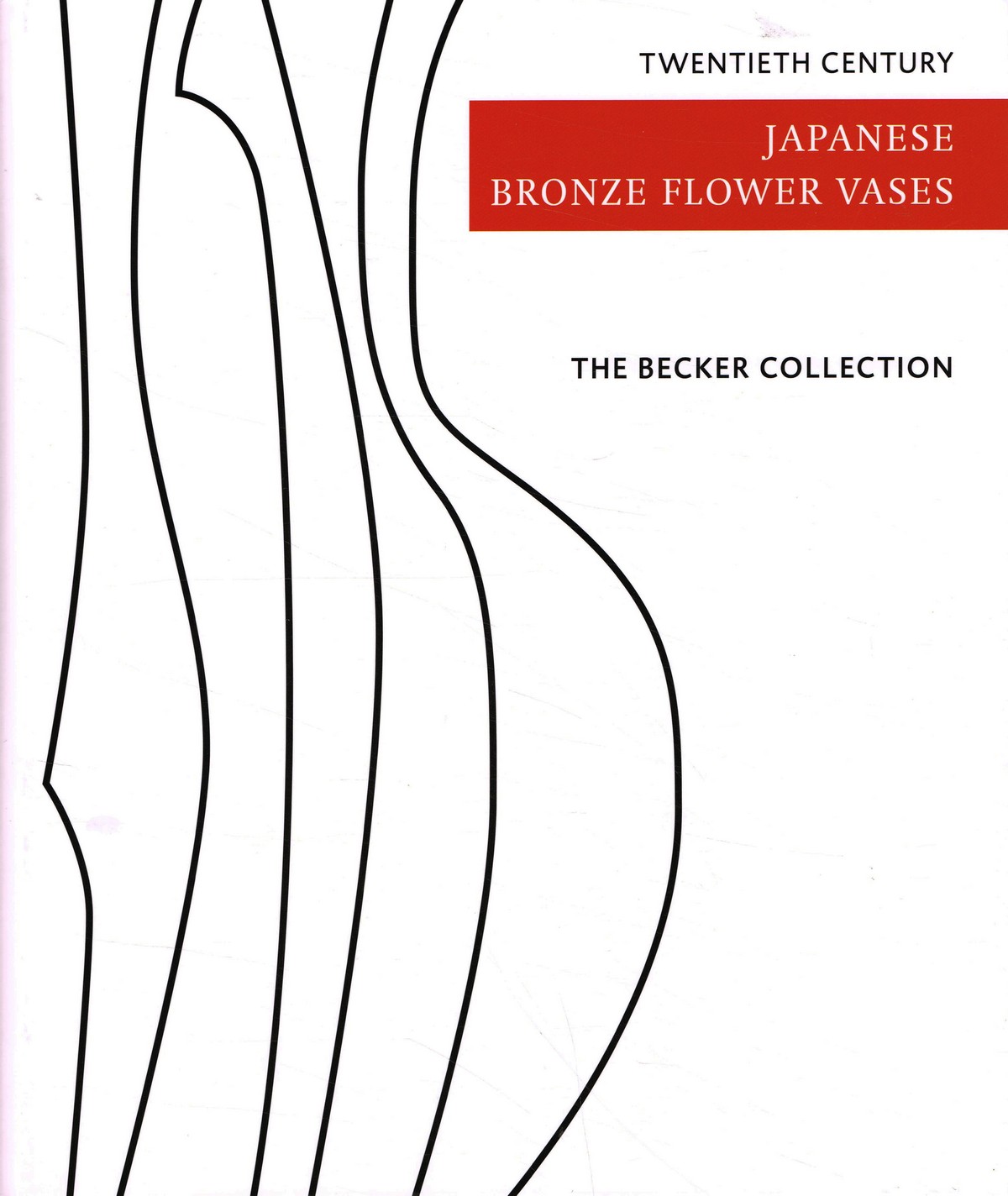
Ton & Mies Becker
Twentieth Century Japanese Bronze Flower Vases
'The Becker Collection - Twentieth century Japanese bronze flower vases' contains the private collection of twentieth century bronze flower vases compiled by Ton and Mies Becker, both retired medical specialists van collectors of Asian art. With the introduction of Buddhism in Japan in the sixth century, bronze containers for flowers to be placed on the altar became important religious objects. In the fifteenth century the Buddhist monk Senno Ikenobô founded the art of flower arranging, which started what nowadays is known as ikebana, the traditional Japanes way of floral art. Presently only the Ikenobô ikebana school still uses bronze flower vases, while all other ikebana schools use other materials like ceramics and bamboo. Following the Meije restauration (1868-1912) the Japanese art world was confronted with Western art styles, in particular the Art Deco movement. The twentieth century flower vases in this collection show a variety in shape and style, in part based on traditional Buddhist temple style vases and in part on the streamlined and geometrical style of the Art Deco movement, albeit often with a distinct 'Japanese touch'. A few introductory essays provide some background information about 'bronzes in Japanese culture', 'the patination of flower bronzes' and 'the tomobako (storage box)'. The catalogue of the vases is arranged according to the bronze worker and presented in alphabetical order in the traditional Japanese way, i.e. the family name first, followed by the given name. All vases are shown together with their tomobako -if available- and with their signature or seal. Brief biographical data are included once available. Van Spijkgeb - 168 blz
kunst
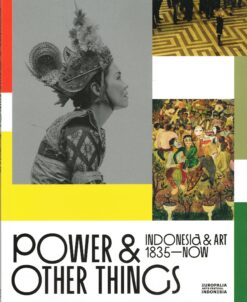
Power & Other Things
The project takes its name from the demand for the transfer of power and other things to the newly independent Indonesia in 1945. It travels through time, from European colonial occupation through the development of the republican state to the trans-national contemporary cultures of today. It looks at the various international exchanges that happened in the territories of contemporary Indonesia, through the images and ideas of artists. These exchanges were of different kinds: trade, culture, religion, ideology and war. They produced a variety of results: violence, oppression, racism, creativity, spiritual awakening, and other things. The ideologies and challenges of modernity are common ways in which Indonesia has been depicted by others and has defined itself over the period. As this modern period recedes into history, the project will seek ways to remember how it has influenced contemporary understanding and ask the current generation of artists to look back in order to rewrite the past and potentially create the conditions for a different future. The catalogue and the exhibition will follow a broad chronological narrative, allowing readers and visitors to learn more about how this huge archipelago has changed over the past two centuries and to observe how it has responded and adapted to influences originating from both inside and outside the islands. The influence of the imperial Dutch and Japanese occupations naturally form a significant element in the narrative of the exhibition as does the constant struggle for different forms of independence or equal treatment by the Javanese and other Indonesian cultures. The importance of Chinese and Arab influence on Indonesia's cultural history will also feature as the exhibition tries to look for alternative ways, alongside the post-colonial, for understanding the present. The presentations will include work made during the residencies as well as new commissions. Snoeckpap - 127 blz
kunst

Gerco de Ruijter
Grid Corrections
For English please see below Het Public Land Survey System, ofwel het Jefferson Grid, is het systeem waarmee landmeters eind achttiende eeuw het midden en Westen van de Verenigde Staten in keurige vierkanten verdeelden van exact één bij één mijl. Maar omdat de aarde rond is, liepen de lijnen naar het noorden taps toe. Daarom moest het raster gecorrigeerd worden: grid corrections brachten om de 20 mijl theorie en praktijk weer bij elkaar. Toen vlieger- en luchtfotograaf Gerco de Ruijter tijdens een residentie in Wichita (Kansas) in 2016 over deze kaarsrechte stofwegen reed, kwam hij ze tegen: kleine knikjes en T-kruisingen in het verder volkomen geometrische wegennet. Doordat de verspringingen in het raster steeds variëren, ontstaat een veelvormige en dynamische reeks van beelden die vervreemdt en verwondert. De Ruijter speurde met behulp van Google Earth duizenden van deze correcties op: ondergesneeuwd of uitgedroogd, in steden en woestijnen, door alle seizoenen heen. 'Grid Correct' toont een selectie van ruim 250 van deze grid corrections, gekozen en vormgegeven door Gerco de Ruijter en grafisch vormgever Irma Boom. Begeleid door een tekst van schrijver Peter Delpeut vormt dit bijzonder vormgegeven boek een kunstwerk en monument ineen, getuigenis van de menselijke drang om het landschap in te richten en de vele manieren waarop de natuur daarop reageert. -- The Public Land Survey System or Jefferson Grid is the system with which surveyors divided the middle and west of the United States into neat squares of exactly one by one mile in the late eighteenth century. But because the earth is round, the lines tapered to the north. Therefore the grid had to be corrected: every 20 miles, grid corrections brought theory and practice back together. When pilot and aerial photographer Gerco de Ruijter drove along these dead straight dust roads during a residency in Wichita (Kansas) in 2016, he came across them: small bends and T-junctions in an otherwise completely geometric road network. The grid corrections are all different and therefore create a multiform and dynamic series of images that alienates and amazes. With the help of Google Earth, De Ruijter looked up thousands of these corrections: snowed under or dried up, in cities and in deserts, throughout the seasons. 'Grid Correct' presents a selection of over 150 grid corrections, selected and designed by Gerco de Ruijter and graphic designer Irma Boom. Accompanied by a text by writer Peter Delpeut, this exceptionally designed book is a work of art and monument in one, a testimony to the human urge to design the landscape and the many ways in which nature responds to that urge. Tweetalig boek Engels en Nederlands nai010pap - 452 blz
